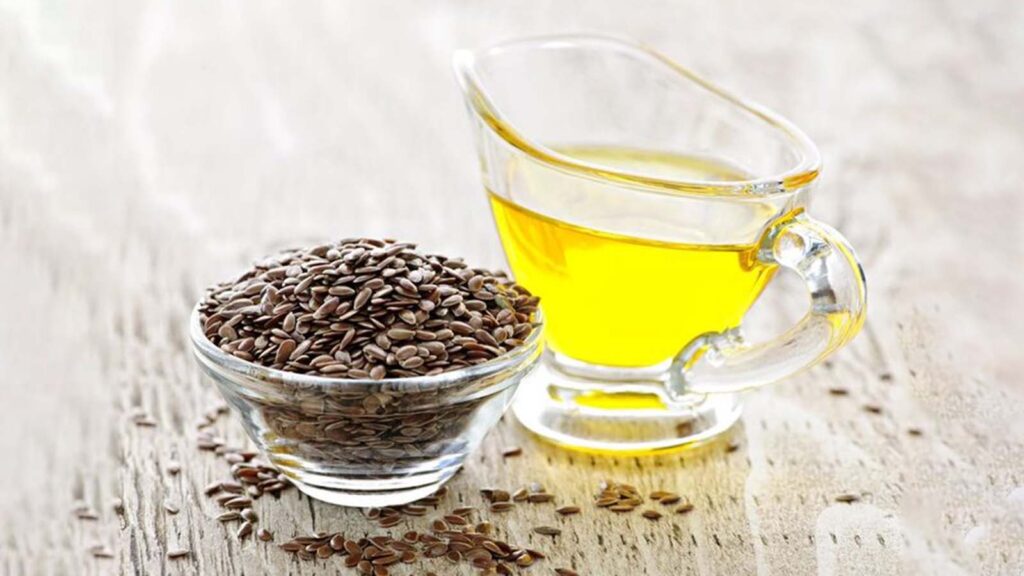Good fats, bad fats, it can all get a little confusing—especially with “essential” fatty acids. If they are essential, does that mean they are always good for you? Not in the case of Omega-6. While Omega-6 and Omega-3 fats are both essential to good health and serve important functions, the key is striking the right balance or ratio.
Most experts agree that our intake ratio of Omega-6 to Omega-3 should be somewhere between 5:1 and 1:1, but with the typical American diet it is more like 16:1 or even higher. In large part, too many Omega-6 fats are consumed in the form of highly processed vegetable oils like soy, corn, and canola. (While eating some vegetable oil can be healthy, it’s always better to choose wholesome, less refined oils like extra virgin olive oil, sesame oil, coconut oil, etc.)
The problem with getting too many Omega-6 fatty acids is that they promote inflammation, while Omega-3 fatty acids can actually reduce inflammation. Even though inflammation is a healthy, normal healing response in the event of sickness or injury, chronic inflammation can trigger serious health conditions, like heart disease, diabetes, arthritis, and even cancer.
Another important reason to eat the right ratio of Omega-6 and Omega-3 fats is because they compete for the same enzymes in your body to process them. In other words, the more Omega-3 fat you eat, the less Omega-6 will be available to the tissues to cause inflammation. Omega-3 fatty acids also offer a variety of other health benefits, such as fighting wrinkles, lubricating joints, improving mood, aiding weight loss, lowering bad cholesterol levels, and even improving the health of your eyes and brain.
You don’t need to overdo it with Omega-3’s, rather, you just want to ensure a healthy balance. It’s easy get enough Omega-3’s in your diet as they are found in a variety of plant-based foods, such as:
Seeds and Nuts
- Flaxseeds are rich in Omega-3 and fiber and can be added to smoothies, cereal, and yogurt. Flaxseeds are also a handy and healthy substitute for eggs in baking. Flax oil is easy to add to salad dressings and smoothies as well. It’s important to note that flax oil should never be heated, as it degrades the delicate oils.
- Chia seeds are rich in Omega-3 and calcium and can be added to smoothies, cereal, etc.
- Hemp seeds are loaded with protein and Omega-3 and can be sprinkled on top of cereal or salad.
- Walnuts are also a good source of Omega-3 and can be added to whole grain cereal, homemade trail mix, salads, or eaten plain as a snack.
Vegetables
- Winter squashes such as acorn squash, butternut squash, and pumpkins are a rich source of Omega-3 and can be roasted or used in soups.
- Leafy Greens are obviously not a big source of fat, but they do provide some Omega-3. Kale, collard greens, and spinach can be steamed as a side dish, or added to stir fries and salads.



